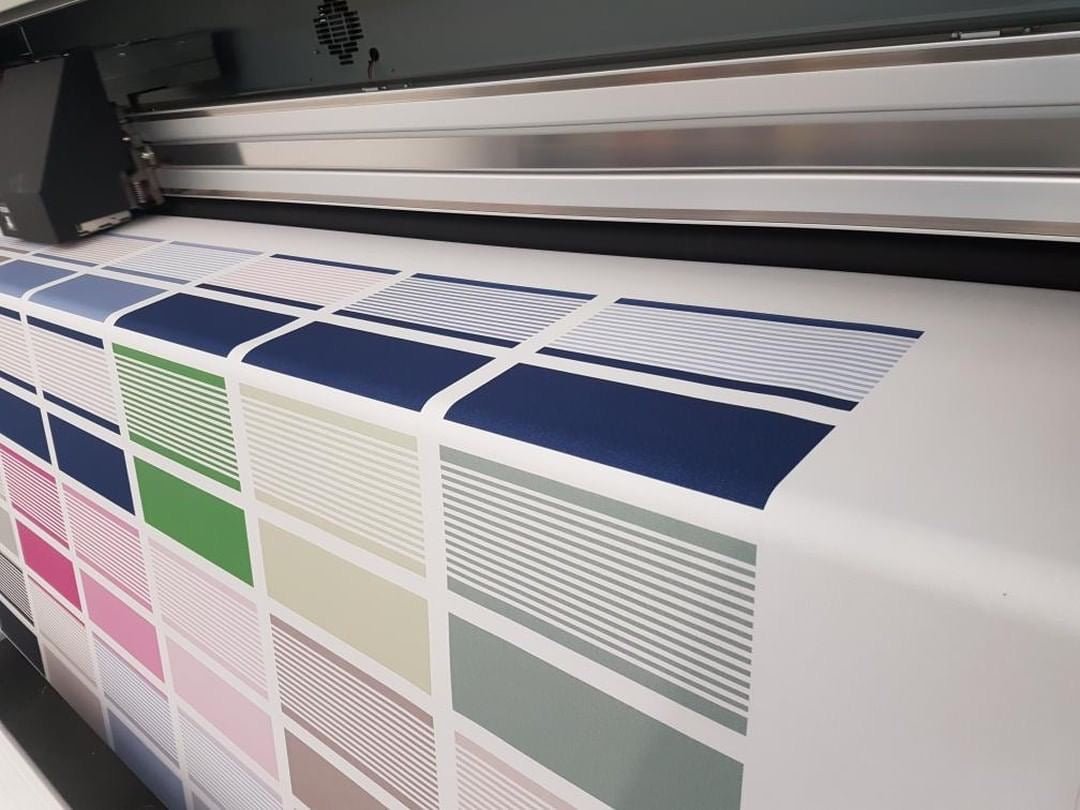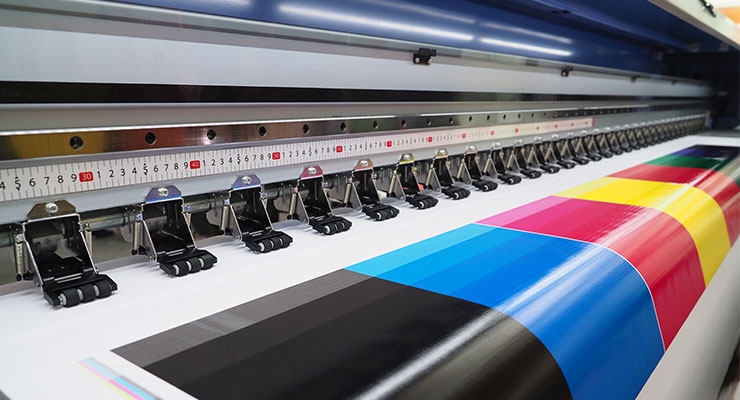The 9-Minute Rule for Digital Printing
The 9-Minute Rule for Digital Printing
Blog Article
Some Known Facts About Digital Printing.
Table of ContentsThings about Digital PrintingThe smart Trick of Digital Printing That Nobody is DiscussingThe Only Guide to Digital PrintingDigital Printing - TruthsThe Single Strategy To Use For Digital PrintingDigital Printing for BeginnersDigital Printing Can Be Fun For AnyoneUnknown Facts About Digital Printing
Personalization additionally permits organizations to stick out in a jampacked market by creating special advertising and marketing products that separate them from their rivals. Among the main benefits of digital printing is the ability to publish variable data. Each published item can be distinct, permitting businesses to create tailored advertising and marketing materials that talk straight to their target market.Digital printing likewise allows for modification in the design of advertising and marketing products (Digital Printing). With digital printing, organizations can create styles that are distinct and customized to their certain requirements.
Some Of Digital Printing
By publishing smaller quantities of advertising and marketing products, companies can minimize waste and avoid the requirement for excess stock. Digital printing is also versatile.
By using various products and layouts, organizations can develop one-of-a-kind marketing products that stand out from their competitors and attract attention from their target market. Digital printing likewise offers uniformity. With standard printing techniques, there is often variation in between prints due to differences in ink insurance coverage, pressure, and other variables.
This uniformity can aid construct consumer trust and reputation, showing that the service is devoted to offering top notch materials. Consistency is specifically crucial for services that want to build consumer depend on and reputation. By making certain that every print corresponds, services can reveal that they are devoted to supplying high-grade products and taking note of the information.
The Greatest Guide To Digital Printing

In addition, electronic printing produces much less waste due to the fact that it can print on demand and in smaller sized quantities, decreasing the demand for excess stock and materials. Digital printing likewise uses much less power compared to traditional printing techniques. Digital printers do not require as much power to operate, as they do not need to warm up as a lot or utilize as much power to run.
Not known Factual Statements About Digital Printing

Balanced out printing needs a plate for each shade published. Standard balanced out printing is a print technique that sites utilizes light weight aluminum plates to move ink onto a rubber sheet (usually described as a "covering"). The picture is then rolled onto the printing surface. This printing method is considered "offset" because the ink is not moved to the paper straight.
The 5-Second Trick For Digital Printing
Offset printing allows for a wide array of print products to be utilized during production. The high-quality photos generated with offset printing make it the recommended method, particularly amongst graphic designers, when seeking the best shade reproduction, detail, and professional-looking prints.
For electronic inkjet printing, ink is moved directly onto the surface. Instead than relying on light weight aluminum plates and rubber coverings to move a photo, digital printing makes use of liquid ink during manufacturing.
Digital Printing Things To Know Before You Get This
Since offset printing can mix custom-made shade inks for each task, it will naturally get the colors spot-on. Count on balanced out printing for tidy, distinctive kinds and photos without touches or places.
It costs a lot to start an offset job. You have to invest money right into producing home plates, which requires time. As soon as you have actually spent it, all of the materials are all set to go, and you'll invest less on large countered work than an electronic print, which is regarding the same per piece no matter just how large the task obtains.
Digital printing is less pricey for low-volume work. The price per system drops for digital printing, so at some factor, they crisscross. Altering information within a solitary print work.
Little Known Questions About Digital Printing.
While electronic printing or inkjet printing is the favored option in the existing times, there are compelling factors to transform from countered to electronic printing systems. When publishing countered or electronically, vital choices and procedures are involved in color matching.
Industrial inkjet printing supplies versatility for printing on several various substratums. Digital printing is excellent for customers that do not need longer runs and warehousing products.

One advantage of digital printing is selecting from a large range of electronic substratums. With balanced out printing, substratums comprise, typically, 30% of the cost of the work. With electronic printing, the cost of the substrate in the general task is tiny. This allows for more options than from this source ever in the past, which benefits marketers and organizations.
What Does Digital Printing Do?
drop-on-demand is the second printing innovation to consider. Continual inkjet systems call for considerable upkeep, more driver training, and greater downtime. Nonetheless, tools prices in inkjet printing imp source are much less than balanced out printing as there are no plate-making, plates, and press expenses. Past the capital expenditure, the prepress equipment and printing presses require very proficient drivers in balanced out printing, which adds labor prices.
Report this page